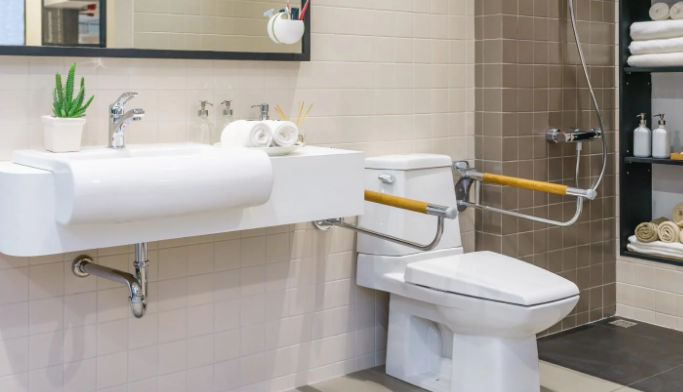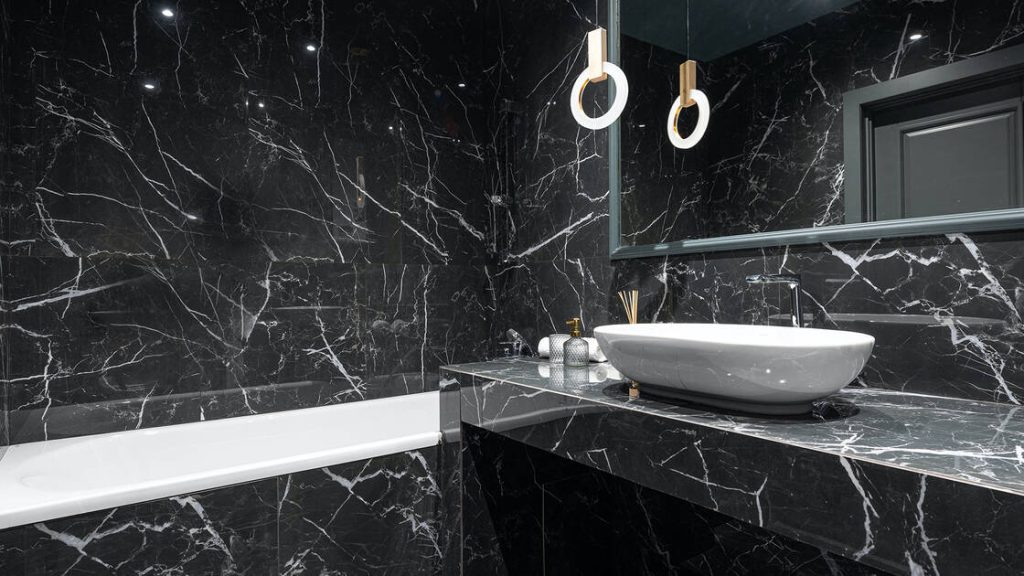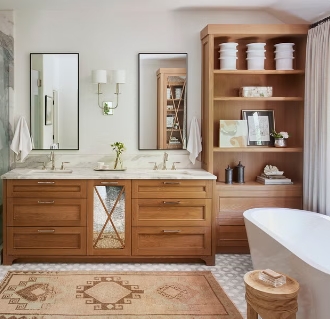Bathroom Designs for the Elderly and Handicapped: Creating a Safe and Accessible Space
As our loved ones age or face mobility challenges, one of the most important spaces to consider renovating is the bathroom. This area, often fraught with hazards, needs to be modified for safety, comfort, and accessibility. In this post, we will explore key design elements that can help transform bathrooms into safe havens for the elderly and handicapped.
Accessibility is Key
When designing a bathroom for the elderly or those with disabilities, accessibility is the first priority. Walk-in showers without thresholds help eliminate the risk of falls, while grab bars near the shower, toilet, and sink provide much-needed support. Additionally, incorporating a toilet that is higher than standard can aid those with limited mobility. Using non-slip flooring and ensuring that all essential items are within easy reach will further enhance the safety and usability of the space.
Smart Storage Solutions
As many older individuals prefer to remain as independent as possible, clever storage solutions can play a vital role in bathroom design. Consider installing shelves and cabinets at lower heights or using pull-out drawers to keep toiletries and essentials easily accessible. Open shelving can also help those with limited mobility quickly identify and grab the items they need. Additionally, using baskets or systems that keep items organized can reduce clutter, making the bathroom a more comfortable space.
Lighting and Visual Aids
Proper lighting is essential for creating a safe environment in bathrooms for the elderly or handicapped. Layering different light sources, such as overhead lights combined with task lighting near mirrors, can help illuminate the area more effectively and reduce shadowy spots. Installing motion-sensor lighting is another great way to ensure that the bathroom is well-lit when needed. Moreover, contrasting color schemes can aid those with vision impairments in identifying various fixtures and elements in the space, allowing for easier navigation.
In conclusion, creating a bathroom designed for the elderly and handicapped involves thoughtful planning and attention to safety. By focusing on accessibility, smart storage, and optimal lighting, you can make a significant difference in making the space safe and comfortable. If you’re looking to learn more about bathroom modifications or would like to explore options for your home or a loved one, take the next step today and consult with a professional who specializes in accessible design.



